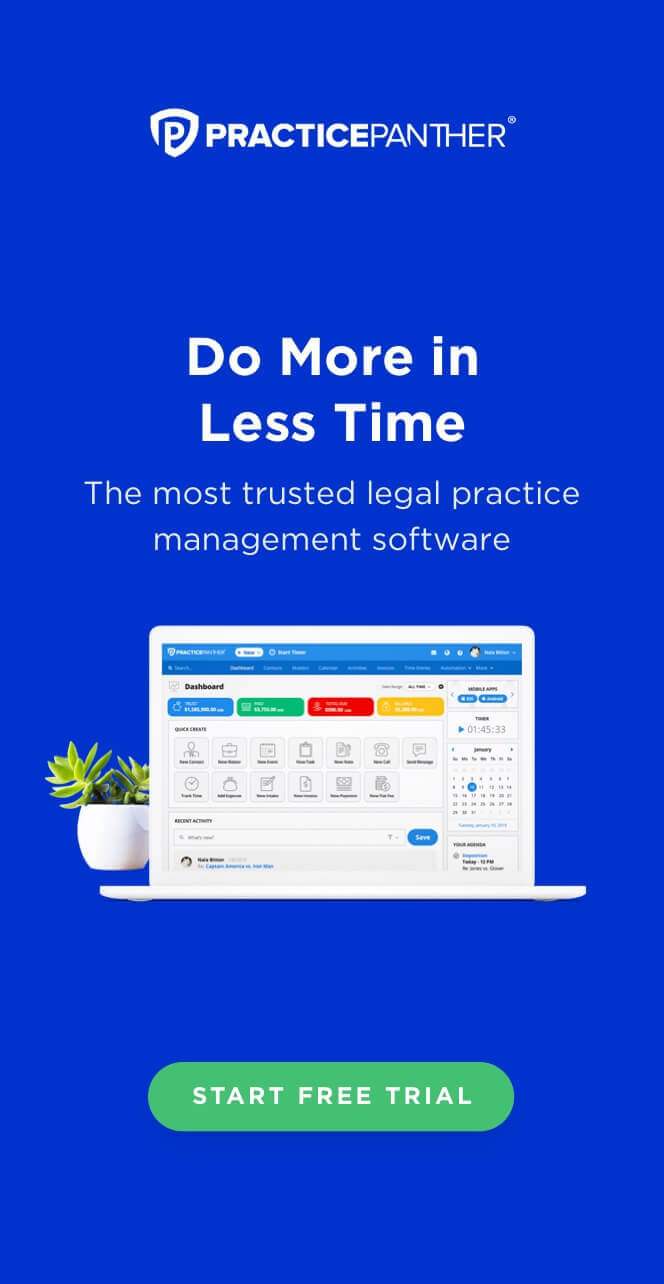In recent years, the ebb and flow of bankruptcy filings have underscored the shifting financial landscape, placing significant pressures on both individuals and businesses. A report from the Administrative Office of the U.S. Courts unveiled that, as of mid-2023, personal and business bankruptcy filings had escalated by 10% from the previous year. This spike was notably pronounced in the realm of business, where filings rocketed by 23.3%, jumping from 12,748 in 2022 to an astounding 15,724. Conversely, non-business filings also climbed by 9.5%, amassing a total of 403,000 compared to 367,886 in the earlier year.
Amid these rising filings, attorneys find themselves increasingly at the crossroads of diverse challenges: from the meticulous task of asset accounting to offering empathetic guidance to clients under financial duress. In light of these numerous complexities, it’s clear that bankruptcy attorneys require more than generic software. They need legal case management software crafted to address the intricacies and demands of a bankruptcy law practice.
What Is Bankruptcy Software? Understanding Its Role in Modern Bankruptcy Practices
Bankruptcy software is a specialized technological solution designed to streamline and enhance the various tasks and processes associated with handling bankruptcy cases. At its core, this software aids attorneys and legal staff in managing vast amounts of paperwork, tracking critical dates and deadlines, automating repetitive tasks, ensuring accurate and efficient data entry, and much more.
Consider, for instance, the multifaceted procedures and responsibilities encompassed in a Chapter 11 reorganization. Beyond the initial voluntary or involuntary petition filing, a Chapter 11 case demands a structured approach: from compiling both personal and business assets, liabilities, and current income data to crafting a meticulously detailed reorganization plan. Attorneys must not only provide robust financial counsel but also guide their clients through each stage, such as understanding the nuances of an “automatic stay” injunction, discerning the fiduciary role of the debtor in possession, or navigating the tightrope of creditor claims.
In this intricate dance of legal and financial coordination, every detail matters, illustrating why it’s paramount for bankruptcy attorneys to be equipped with the right tools. A comprehensive bankruptcy software solution aids attorneys in efficiently handling each of these stages, reducing manual errors and optimizing the entire process. As bankruptcy filings evolve and grow in complexity, embracing such tools becomes not just beneficial but essential for legal professionals in this domain.
Bankruptcy Software Features: Navigating Chapter 7 Bankruptcy and Beyond with Precision
Bankruptcy software has become an integral asset for bankruptcy attorneys. To appreciate its full value, it’s vital to recognize the challenges of bankruptcy filings and how software can effectively address them. What are some case management system examples in bankruptcy software? Here are a few to look out for:
1. Differentiation Between All Chapters of Bankruptcies
Bankruptcy isn’t a one-size-fits-all domain. For example, Chapter 7, or “liquidation bankruptcy,” mandates a filer to liquidate certain non-exempt assets to pay off debts. This requires an attorney to have a comprehensive understanding of what assets can be considered for liquidation and what remains untouchable. Chapter 13, on the other hand, is a “repayment plan bankruptcy,” tailored for those who have a regular income but are burdened with unmanageable debts. An adept bankruptcy attorney needs reliable software that can cater to the nuances of these and other chapters seamlessly.
2. Effortless Data Import
In an era where data drives decisions, the last thing attorneys need is erroneous data entry. With features that enable streamlined import of credit reports and vital financial documents, bankruptcy software diminishes the risk of manual errors, ensuring the data’s integrity.
3. Proactive Notification Systems
The complexities of bankruptcy law come with a multitude of critical dates and deadlines. A prime example of the dire consequences of missing such a deadline can be observed in the U-Haul Chapter 11 bankruptcy case of June 2021. Despite having ample time and multiple methods for filing, the class claimants’ counsel found themselves entangled in a last-minute scramble, missing the court-imposed deadline for a staggering $53 million claim. This lapse resulted not from any technological malfunction, but from a mere delay in action, leading to the court ruling that the claim was “forever barred.” Such severe repercussions underscore the importance of punctuality in bankruptcy proceedings. With robust bankruptcy software, attorneys receive automatic alerts for pivotal dates, ensuring that oversights like the U-Haul incident are avoided.
4. Creditor/Debtor Communication Tools
Effective and consistent communication plays a pivotal role in preserving the integrity of the attorney-client relationship, particularly in the nuanced arena of bankruptcy. According to the American Bar Association, neglect and lack of communication stand out as primary grievances against legal professionals. In fact, these issues can inadvertently intertwine, resulting in diminished trust and potential disciplinary actions. By leveraging communication tools integrated within bankruptcy software, attorneys can prevent such missteps with their clients and other interested parties.
5. Holistic Reporting
Bankruptcy cases require a discerning eye on the present as well as an analytical eye on the past. With comprehensive reporting tools, attorneys can keep an eye on caseloads, discharge patterns, client histories, and more, arming themselves with actionable insights for strategic decision-making.
Legal Automation Software Must-Haves for Bankruptcy Practices
The true power of software emerges when it automates routine, time-consuming tasks. For bankruptcy attorneys, automation isn’t just about saving time; it’s about enhancing accuracy and staying compliant. When shopping for bankruptcy case management software, look for automation features like:
- Automatic Updates: In a field like bankruptcy law where regulations and guidelines can frequently evolve, it’s paramount for the software to be dynamic and always up-to-date. This is where PracticePanther comes into play. As a leading cloud-based legal management software, it guarantees that attorneys are connected to real-time changes, ensuring both convenience and up-to-date compliance.
- Form Auto-fill and Document Templates: The software should have the capability to auto-populate standard forms using existing client data, which not only streamlines the process but also guarantees data consistency and accuracy. PracticePanther offers robust document template features that can be tailored to suit your needs, ensuring data consistency and reducing manual input errors.
- Deadline Trackers with Automated Alerts: To keep attorneys on track and ensure no vital dates are missed, the software should produce auto-generated timelines tailored to the specifics of each case. With PracticePanther, not only can attorneys track important deadlines, but they also receive automated alerts via email, text, and in-app notifications. Plus, there’s the added advantage of receiving a daily agenda email highlighting all impending deadlines.
- Case Management Process Flow: From intake to final discharge, the software should offer customizable, automated workflows that simplify every step. PracticePanther’s conditional workflows ensure that specific triggers initiate tailored actions, optimizing the case management journey.
But beyond these features, automation in the context of bankruptcy practices means reduced risks and an enhanced client experience. When every document is in place, every deadline is met, and every procedure is flawlessly executed, clients place higher trust in their attorneys.
Redefine Bankruptcy Practice with PracticePanther
With rising case numbers, bankruptcy attorneys need all the assistance they can get. A tailored software solution, packed with essential features and automation capabilities, is no longer just a good-to-have—it’s a must.
Leveraging robust features of a platform like PracticePanther ensures bankruptcy attorneys can always be a step ahead. One standout feature, the Client Portal, fosters collaboration between clients and law firm staff. Through this portal, necessary information can be exchanged seamlessly and independently. Clients benefit from full transparency, accessing information without feeling kept in the dark, while law firm staff can address most issues directly within the software, reducing the need for time-consuming calls.
Curious about harnessing these features for a modern approach to bankruptcy practice management? Contact us for a demo today.



